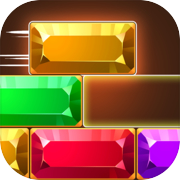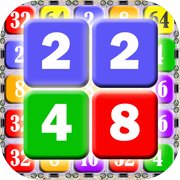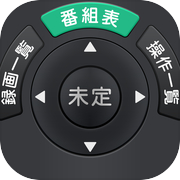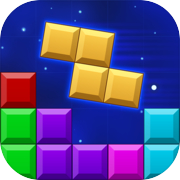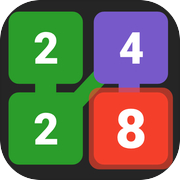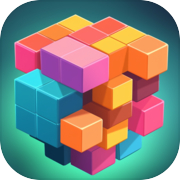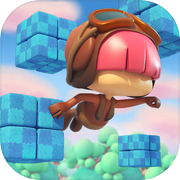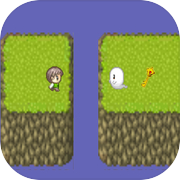Block Puzzle - Block Sliding

Block Puzzle - Block Sliding Game: An Addictive Brain Teaser
Introduction:
Block Puzzle is a captivating and addictive puzzle game that challenges players to arrange and slide blocks to fill up a grid. With its simple yet engaging gameplay, the game has gained immense popularity among puzzle enthusiasts of all ages. This article delves into the intricate details of Block Puzzle, exploring its mechanics, strategies, and the reasons behind its widespread appeal. So, buckle up and get ready to embark on a journey into the world of Block Puzzle!
I. Gameplay Mechanics:
Block Puzzle follows a straightforward set of rules, making it accessible to both casual gamers and puzzle aficionados. The core objective of the game is to fill up a grid with different-shaped blocks. The grid is typically square-shaped, and players need to drag and drop the blocks onto it. The blocks themselves are composed of smaller square units, and players must strategically arrange them to create complete rows or columns. Once a row or column is fully filled, it clears from the grid, creating space for new blocks. The game ends when the grid is completely filled, and there are no more moves available.
II. Block Types:
Block Puzzle incorporates various types of blocks, each with its own unique shape. These blocks often resemble Tetris pieces and are classified based on the number and arrangement of their square units. Some common block types include the L-shape, T-shape, straight line, square, and many more. The diverse range of block types adds depth and complexity to the gameplay, requiring players to strategize and think ahead.
III. Difficulty Levels:
The game offers different difficulty levels, allowing players to choose a challenge that suits their skill level and preference. The difficulty levels primarily determine the size of the grid and the complexity of the block arrangements. Beginner levels typically feature smaller grids and simpler block shapes, while advanced levels present larger grids and more intricate block arrangements. This flexibility ensures that players of all abilities can enjoy the game and gradually progress to more challenging levels.
IV. Strategy and Tips:
To excel in Block Puzzle, players need to employ effective strategies and employ critical thinking skills. Here are some helpful tips to improve your gameplay:
Plan Ahead: Before placing a block, analyze the available space on the grid and consider the potential placements of upcoming blocks. Planning ahead will help you avoid situations where you run out of space or are forced to leave gaps that cannot be filled later.
Clearing Rows and Columns: Clearing rows and columns is crucial in Block Puzzle as it creates space for new blocks. Focus on completing entire rows or columns whenever possible, rather than leaving gaps. This strategy will prevent the grid from filling up quickly and give you more room to maneuver.
Avoid Panic Moves: In the heat of the game, it's easy to make rushed and impulsive moves. However, panic moves often lead to poor placements and blocked paths. Stay calm, assess the situation, and make calculated moves to optimize your gameplay.
Mental Stimulation: Block Puzzle engages the brain, requiring players to think strategically, plan ahead, and make quick decisions. Regular gameplay can enhance cognitive skills such as problem-solving, spatial reasoning, aV. Benefits of Playing Block Puzzle:
Stress Relief: Engaging in puzzle games like Block Puzzle can serve as an effective stress-relief activity. The game's immersive nature and the satisfaction of solving puzzles can help divert your mind from daily stressors and promote relaxation.
Entertainment and Engagement: Above all, Block Puzzle provides hours of entertainment and keeps players engaged. Its addictive nature keeps players coming back for more, offering a fun and rewarding experience.
Introduction:
Block Puzzle is a captivating and addictive puzzle game that challenges players to arrange and slide blocks to fill up a grid. With its simple yet engaging gameplay, the game has gained immense popularity among puzzle enthusiasts of all ages. This article delves into the intricate details of Block Puzzle, exploring its mechanics, strategies, and the reasons behind its widespread appeal. So, buckle up and get ready to embark on a journey into the world of Block Puzzle!
I. Gameplay Mechanics:
Block Puzzle follows a straightforward set of rules, making it accessible to both casual gamers and puzzle aficionados. The core objective of the game is to fill up a grid with different-shaped blocks. The grid is typically square-shaped, and players need to drag and drop the blocks onto it. The blocks themselves are composed of smaller square units, and players must strategically arrange them to create complete rows or columns. Once a row or column is fully filled, it clears from the grid, creating space for new blocks. The game ends when the grid is completely filled, and there are no more moves available.
II. Block Types:
Block Puzzle incorporates various types of blocks, each with its own unique shape. These blocks often resemble Tetris pieces and are classified based on the number and arrangement of their square units. Some common block types include the L-shape, T-shape, straight line, square, and many more. The diverse range of block types adds depth and complexity to the gameplay, requiring players to strategize and think ahead.
III. Difficulty Levels:
The game offers different difficulty levels, allowing players to choose a challenge that suits their skill level and preference. The difficulty levels primarily determine the size of the grid and the complexity of the block arrangements. Beginner levels typically feature smaller grids and simpler block shapes, while advanced levels present larger grids and more intricate block arrangements. This flexibility ensures that players of all abilities can enjoy the game and gradually progress to more challenging levels.
IV. Strategy and Tips:
To excel in Block Puzzle, players need to employ effective strategies and employ critical thinking skills. Here are some helpful tips to improve your gameplay:
Plan Ahead: Before placing a block, analyze the available space on the grid and consider the potential placements of upcoming blocks. Planning ahead will help you avoid situations where you run out of space or are forced to leave gaps that cannot be filled later.
Clearing Rows and Columns: Clearing rows and columns is crucial in Block Puzzle as it creates space for new blocks. Focus on completing entire rows or columns whenever possible, rather than leaving gaps. This strategy will prevent the grid from filling up quickly and give you more room to maneuver.
Avoid Panic Moves: In the heat of the game, it's easy to make rushed and impulsive moves. However, panic moves often lead to poor placements and blocked paths. Stay calm, assess the situation, and make calculated moves to optimize your gameplay.
Mental Stimulation: Block Puzzle engages the brain, requiring players to think strategically, plan ahead, and make quick decisions. Regular gameplay can enhance cognitive skills such as problem-solving, spatial reasoning, aV. Benefits of Playing Block Puzzle:
Stress Relief: Engaging in puzzle games like Block Puzzle can serve as an effective stress-relief activity. The game's immersive nature and the satisfaction of solving puzzles can help divert your mind from daily stressors and promote relaxation.
Entertainment and Engagement: Above all, Block Puzzle provides hours of entertainment and keeps players engaged. Its addictive nature keeps players coming back for more, offering a fun and rewarding experience.
Available on devices:
- Android
- Smart TV













